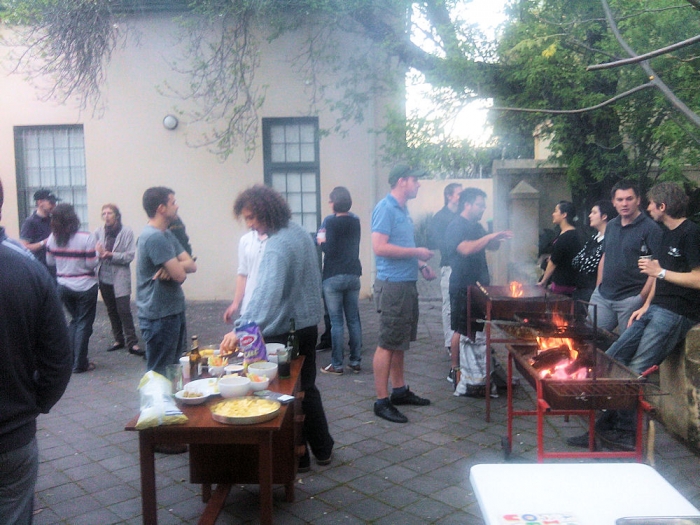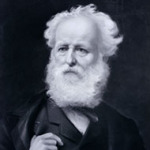A South African Welcome for Prof O'Hagan


On Saturday 16 August 2014, Associate Professor Daniel O’Hagan was welcomed in true South African style, with a braai, held at the historic Wolmunster Residence in Christow Street, Rosebank.
Historic residence

The early Georgian-style house dates back to around 1835; it used to belong to the Hon. William Porter, who was, from 1876 to 1880, the first Chancellor of the University of the Cape of Good Hope.
In addition to the plaque honoring William Porter, there is also a plaque to Margaret Levyns, a very well-known South African botanist – and the first woman to obtain a Doctor of Science (D.Sc) degree at the University of Cape Town. She was the first – and, it seems, the only – female President of the Royal Society of South Africa, 1962/1963. (Royal Society website).
She had a lifelong association with the University of Cape Town, and in fact bequeathed her house Cydonia to UCT upon her death. When Cydonia was sold, the proceeds were used to pay for the Wolmunster alterations, and the plaque was moved to Wolmunster. (Info from UCT Building Names Register)
University of the Cape of Good Hope – University of South Africa
The University of the Cape of Good Hope, which had been established in 1873, was not a teaching college, but the examining body for all the colleges in South Africa, with the power to confer degrees on successful examination candidates. It was housed in Queen Victoria Street in Cape Town.
In 1916, an Act of Parliament (12 of 1916) decreed that the UCGH was to be incorporated into a federal University of South Africa (now known as UNISA). Thereafter, the University moved its headquarters to Pretoria, where UNISA is still based today.
South African College – University of Cape Town
The University of Cape Town was formally established around the same time, also as a result of an Act of Parliament. Its predecessor had been the South African College, which had been founded in 1829 as a high school for boys. Over the years, the College developed into a fully fledged university, offering tertiary education in the faculties of arts, science, engineering, medicine, education and law (UCT history). It was located at what is now the Hiddingh Campus in Gardens.
In 1916, the legislation was passed to transform the College into a fully-fledged university, with the institution being given the power to award degrees, and renamed the University of Cape Town. UCT was formally inaugurated in 1918, with Professor John Carruthers Beattie being appointed the first principal and vice-chancellor, and the Prince of Wales the first chancellor. In 1928, UCT moved to its new premises on the Groote Schuur Estate, on the lower slopes of Devil’s Peak (UCT timeline).
An Irish connection
Interestingly, William Porter was born in Limavady, Northern Ireland, in 1805 – thus representing an Irish connection to Prof Daniel O’Hagan, who too hails from the fair isle of Ireland, albeit from the county of Donegal, which is part of the Republic of Ireland.
Prof O’Hagan is the new Course Convenor of the Radar Masters programme. He was recently interviewed for this website: Read his interview here.
